Description
Jacquemontia Creeper Plant
Jacquemontia Creeper is a genus of flowering plants in the Convolvulaceae family, which includes morning glories and bindweeds. There are around 120 species in the genus, which are distributed throughout the tropics and subtropics of the Americas, Africa, and Asia.
One of the most popular species of Jacquemontia is Jacquemontia tamnifolia, commonly known as Sky-blue Clustervine or Small Skyblue Clustervine. It is a fast-growing, evergreen (Creeper) vine that is native to Mexico and South America. It has slender, wiry stems that can reach up to 8 feet in length, and small, light green leaves that are heart-shaped.
Jacquemontia tamnifolia produces masses of small, sky-blue, funnel-shaped flowers that are about 1 inch in diameter. The flowers are borne in clusters and bloom continuously throughout the growing season. They are attractive to bees and butterflies and make a nice addition to a pollinator garden.
Jacquemontia plants are relatively easy to grow and care for. They prefer full sun to partial shade and well-draining soil. They are drought-tolerant once established and can be propagated by seeds or cuttings. They can be grown in containers or trained to climb a trellis or fence.
Overall, Jacquemontia plants are a lovely addition to any garden, with their delicate blue flowers and easy-to-grow nature.
Jacquemontia Creeper Plant Features & Care
- Leaves: Jacquemontia plants have simple, alternate leaves that are ovate to lanceolate in shape.
- Flowers: The flowers of Jacquemontia plants are funnel-shaped and range in color from white to blue. They are typically small and have five petals.
- Growth Habit: Most Jacquemontia species are trailing or climbing plants, often used as ornamental vines.
- Soil and Sun Requirements: Jacquemontia plants prefer well-draining soil and full sun to partial shade.
- Watering: They require regular watering, but should not be over-watered.
- Propagation: Jacquemontia plants can be propagated from stem cuttings or by seed.
- Habitat: Jacquemontia plants are native to tropical and subtropical regions of the Americas, but can also be found in other parts of the world as introduced species.
- Uses: Some species of Jacquemontia are used in traditional medicine, while others are cultivated as ornamental plants.



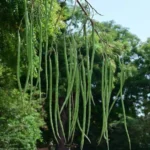
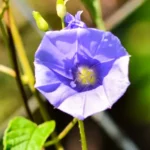
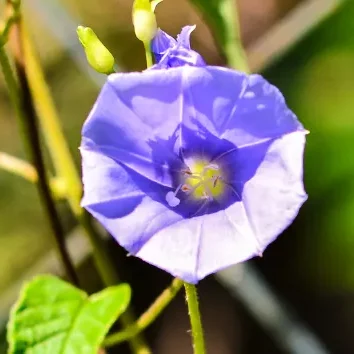
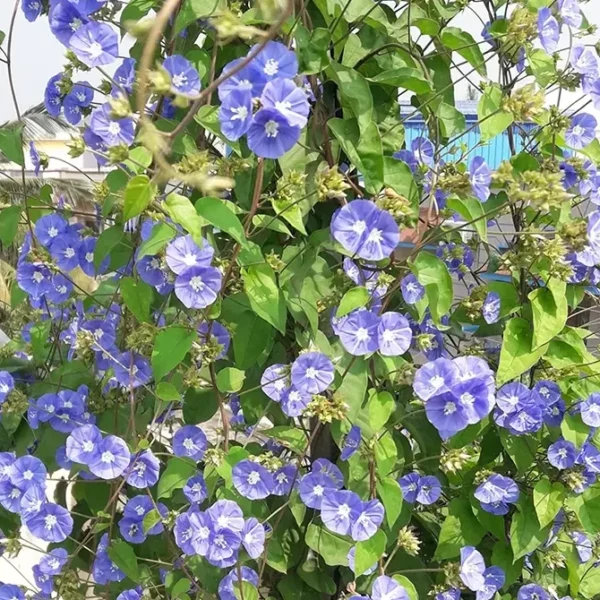
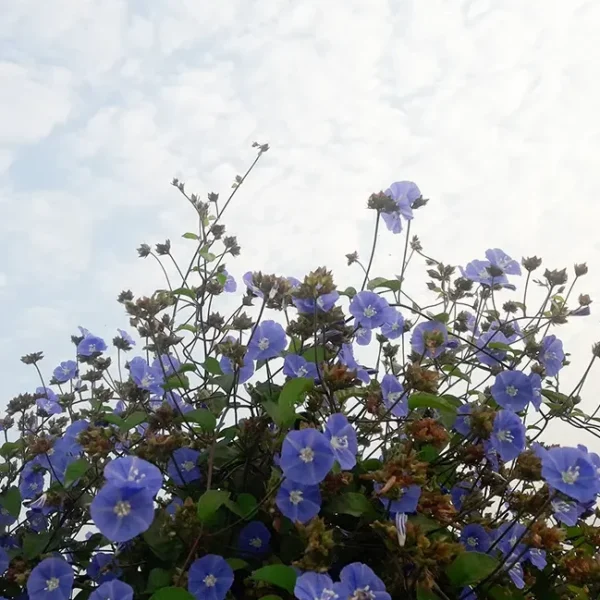
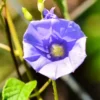
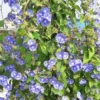
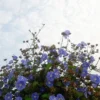
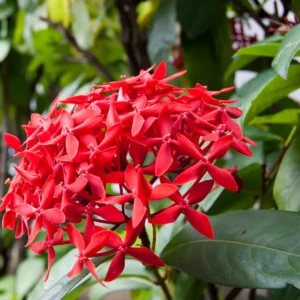
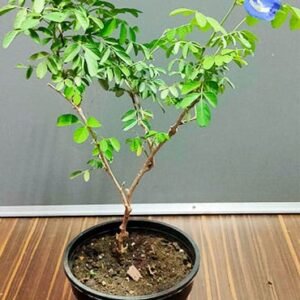

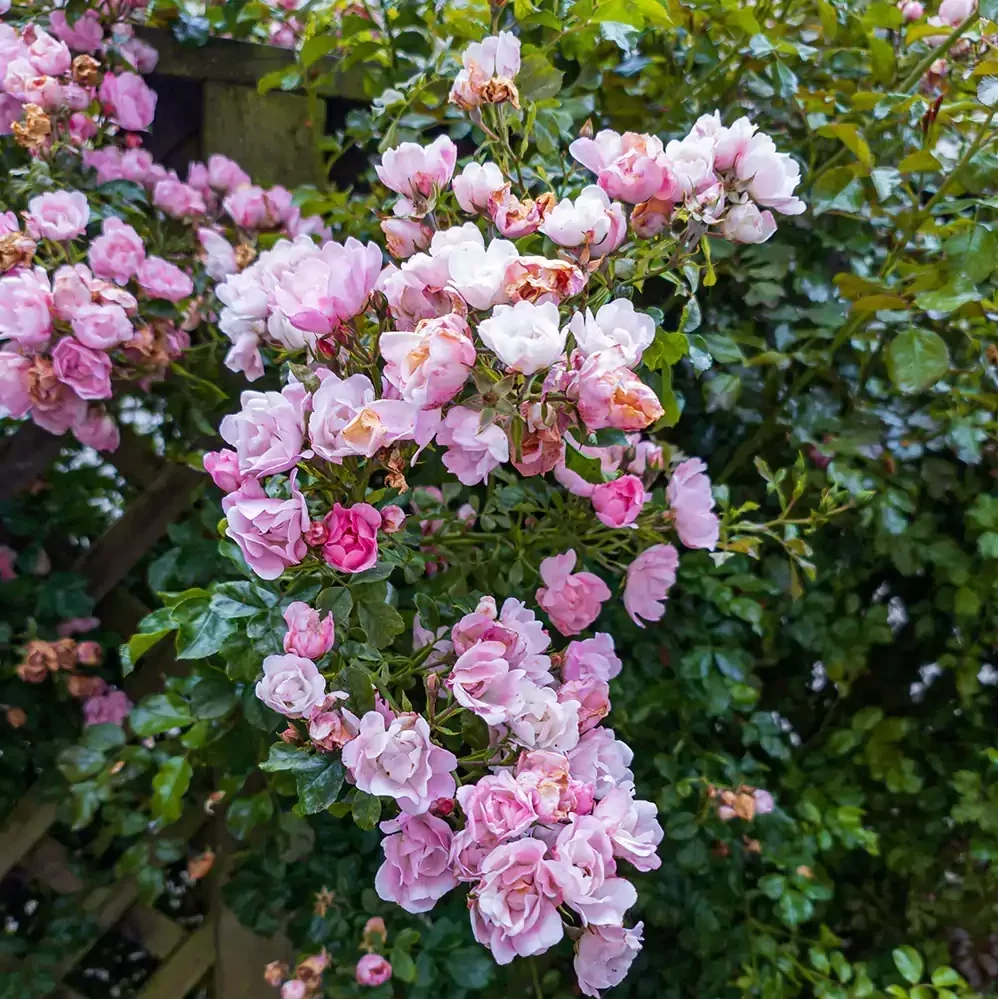

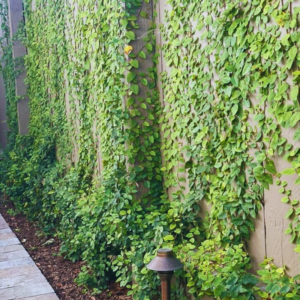
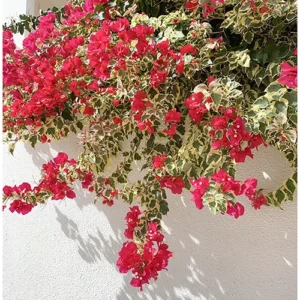
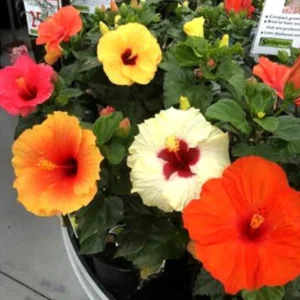

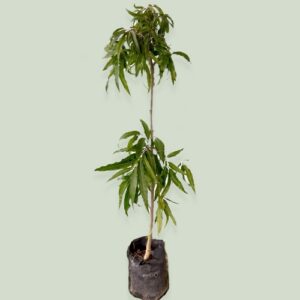
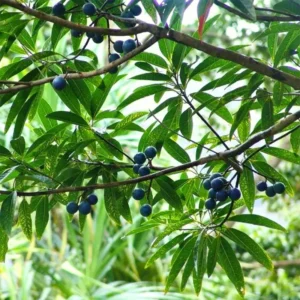

Reviews
There are no reviews yet.